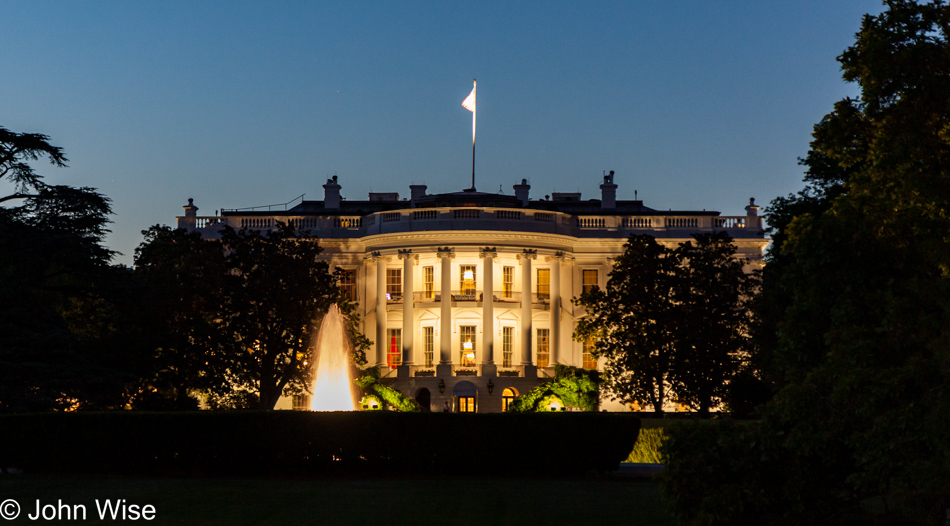
The photo above was taken last evening and is filling in for the photo I would wish to have here. The reason I have no morning photo of the White House from this day is that we were not allowed to carry “ANYTHING” with us for our tour of the White House. No cameras, no phones, no combs or brushes, no cosmetics; basically, you come with the letter from your Congressman and your I.D., anything else, and you will be refused entry into the White House.
Our tour was self-guided and allowed us to linger to our heart’s content. While on first blush, this sounds better than being ushered through like so many cattle, the narrative is absent, and so the history that one might learn of is relegated to reading a book about the details once you’ve departed this historic home. However, the Secret Service staff on hand watching over the rooms were absolutely friendly and would answer almost any question. The only problem here is that you must overcome your awe and compose a question. Until you have been through the White House yourself, you cannot imagine how amazing it truly is that the average person and even a visitor from another country have access to the executive mansion, the home of our president.
Update: Here I am, 13 years later, adding photos to this post, and after checking the rules about visiting the White House these days found out that phones are allowed, which means that if we can visit again, I’ll be taking photos.
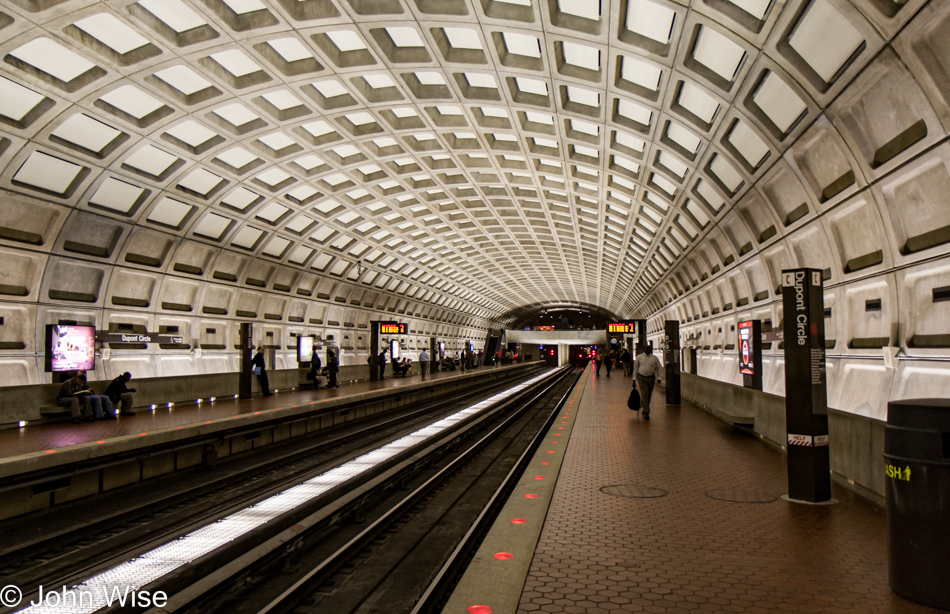
After our tour of 1600 Pennsylvania Avenue, we hopped on a subway to DuPont Circle near Embassy Row. Feels like we are in Europe; great job, Washington D.C., for keeping things stylish and not New Yorkish.
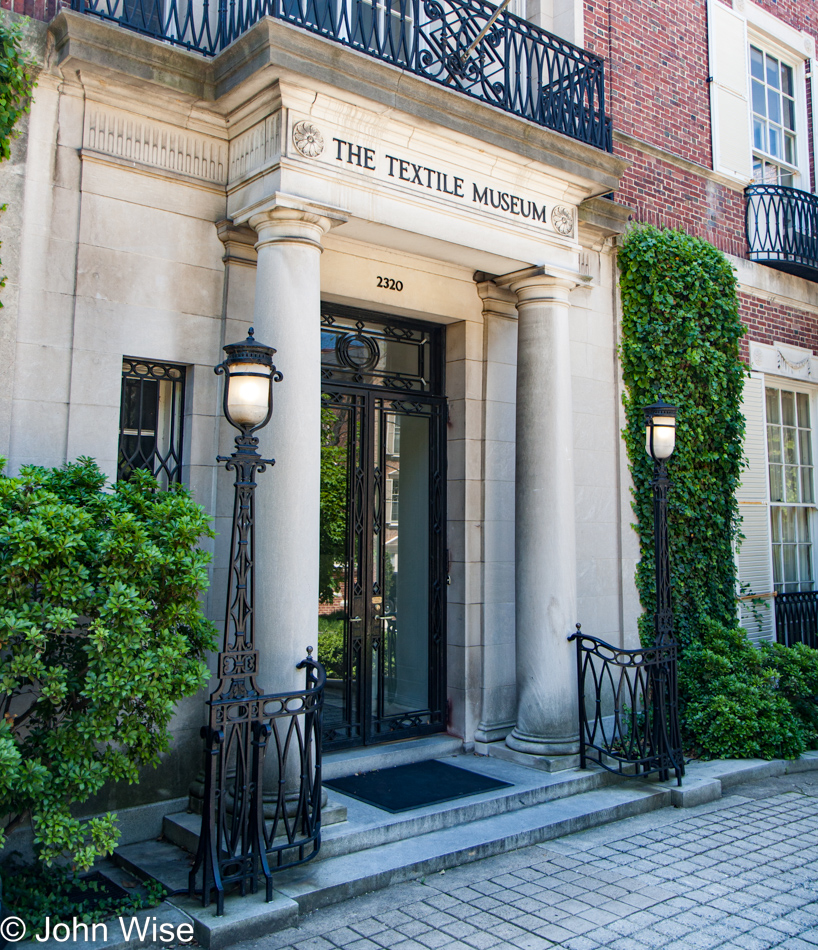
We are a short way north from the core of the historic center of government, about to visit the Textile Museum.
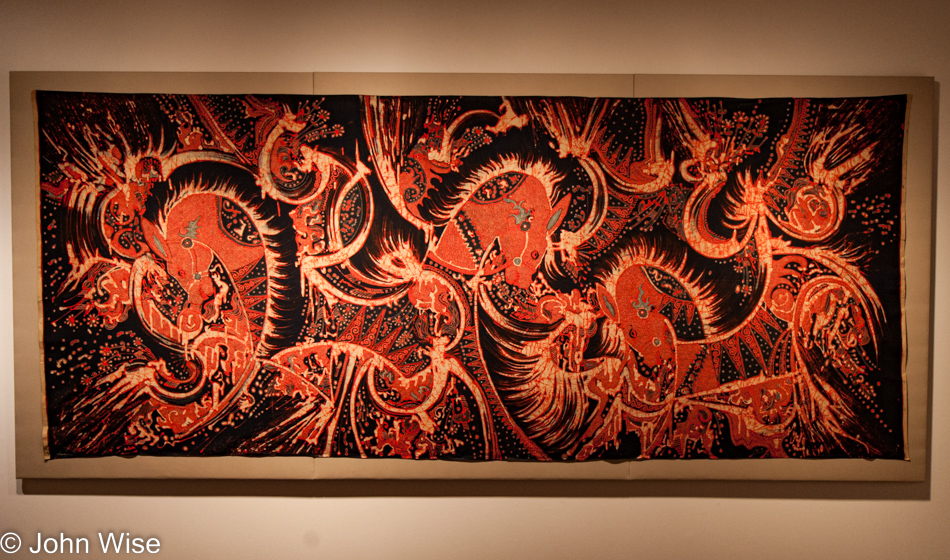
This is one of Caroline’s special wishes in her quest to learn more and more about the world of textiles and the fiber artists who’ve brought us to this juncture in the craft.
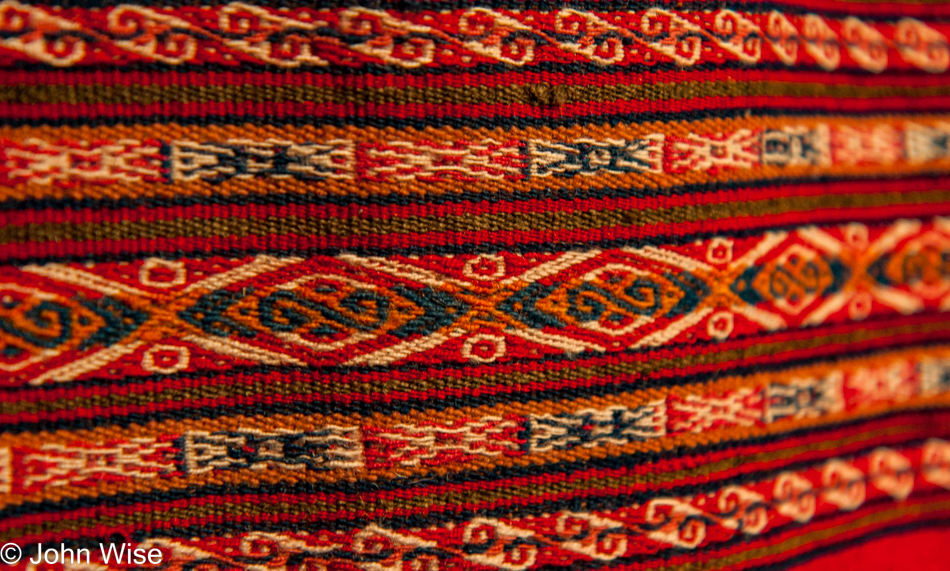
Update: good thing we visited here when we did, as it turns out that visiting textile exhibits might not be all that popular anymore. The 27,000-square-foot building must have been a pricey one to maintain as, in 2016, it was sold to Amazon founder Jeff Bezos, and the collection was moved to a new building at George Washington University.
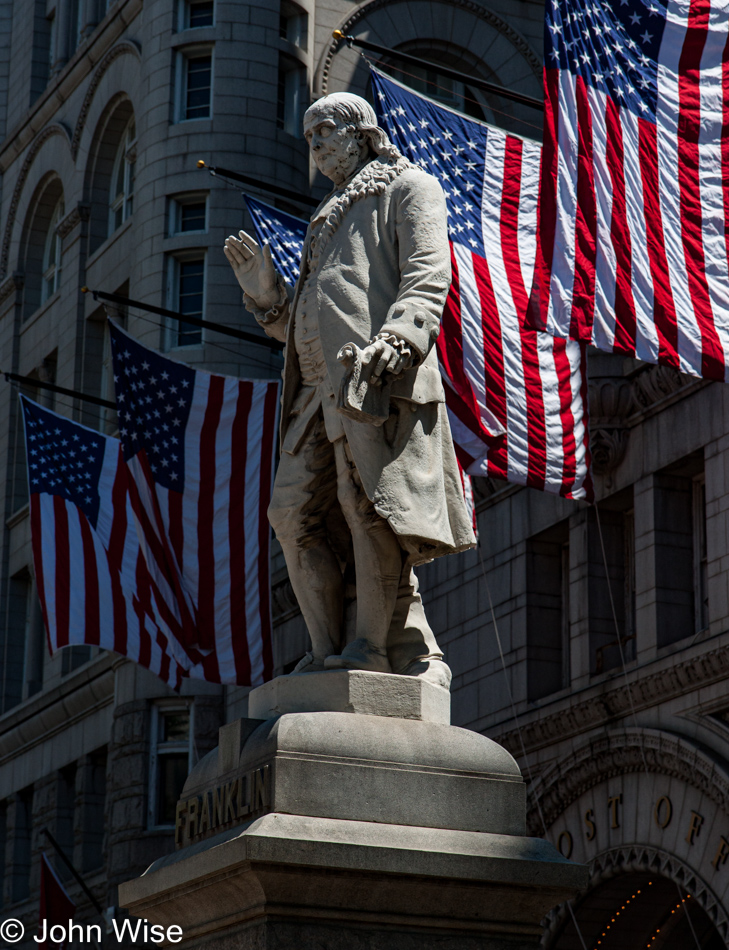
In yesterday’s post, I mentioned passing the Ben Franklin statue in front of the Old Post Office; we were on a 1.5-mile-long walk over to the Capitol starting from Hotel Harrington, where we are staying. Today, the D.C. Metro, as the subway is known, brought us back from DuPont station to the Federal Triangle stop, from which we are going to continue our walk to the next stop.
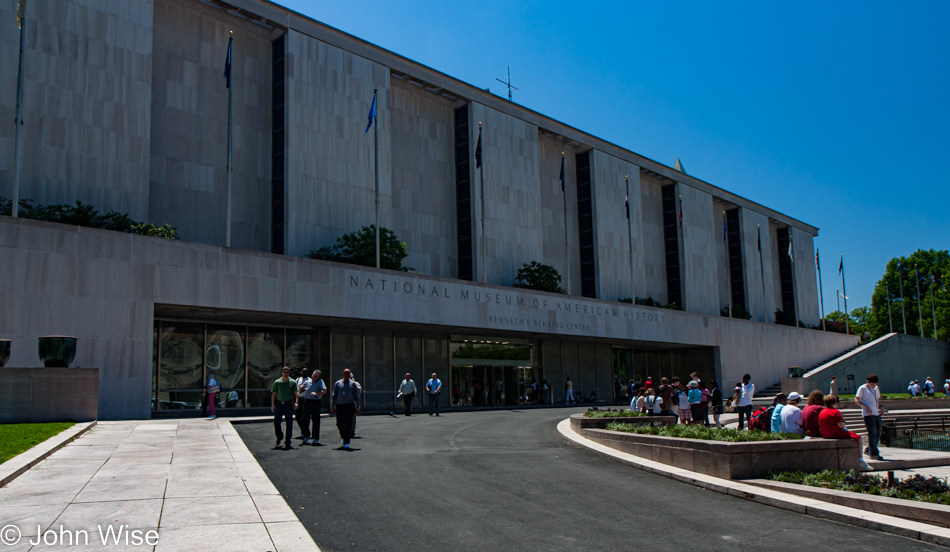
We have arrived at the Smithsonian National Museum of American History.
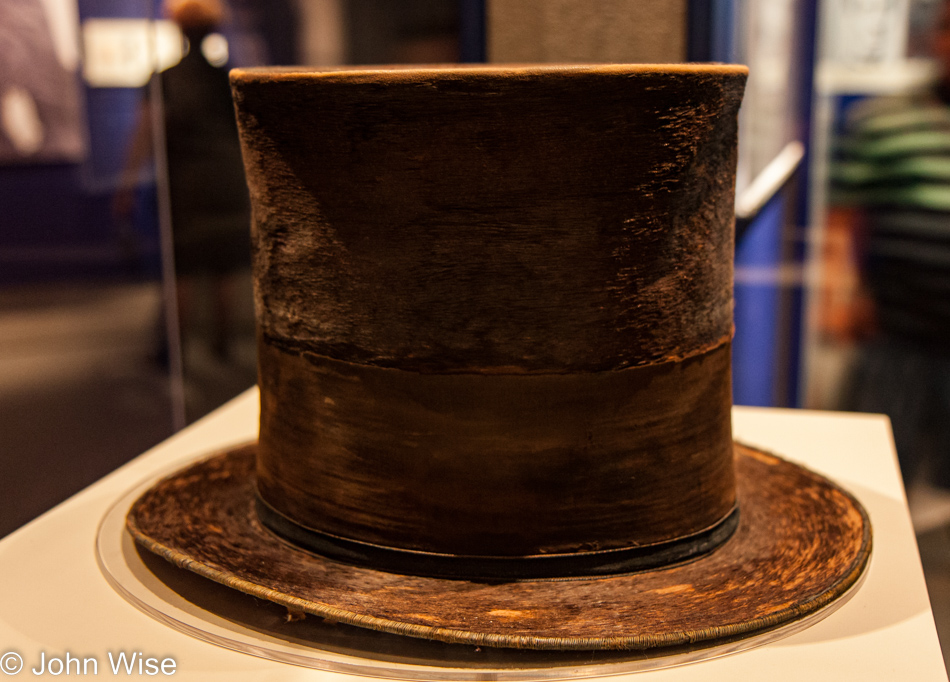
The top hat worn by President Abraham Lincoln the night he was assassinated at Ford Theater in 1865.
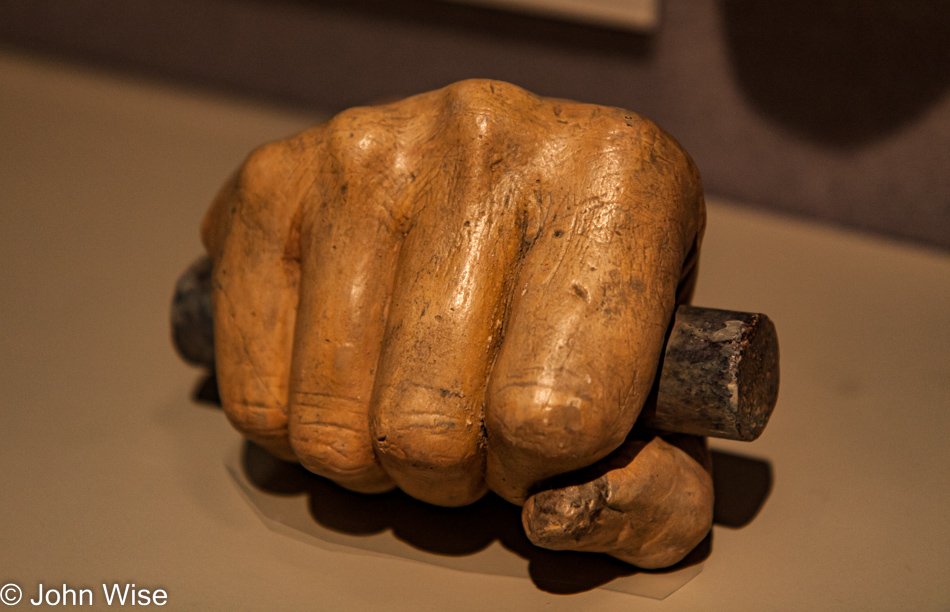
The plaster cast of Lincoln’s right hand was taken two days after the Republican party nominated him as their candidate for President; it was pointed out that his hand was still swollen from shaking so many hands prior to the nomination.
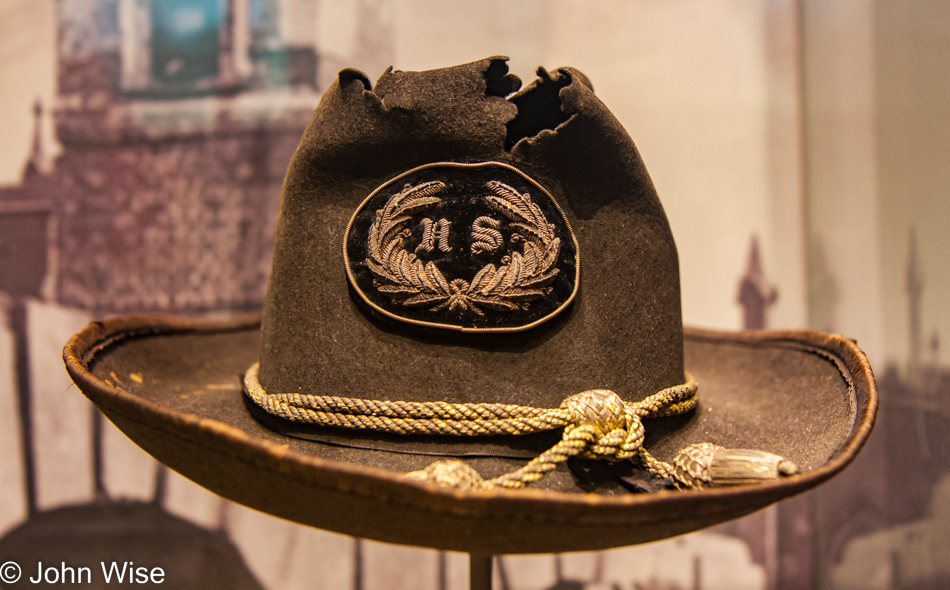
A campaign hat worn by Civil War General William Tecumseh Sherman.
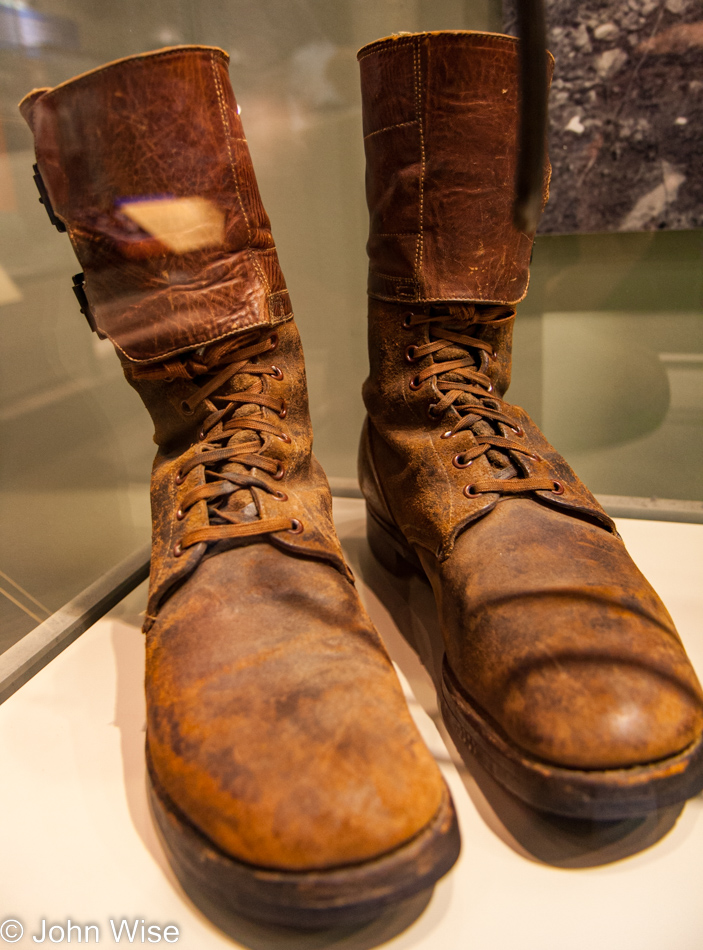
Poor note-taking combined with not taking a photograph of the descriptive placard or forgetfulness, but none of that matters now as I want to share the image of a World War II soldier’s rather large boot with no supporting information about why these made the cut to be included in the American History Museum.
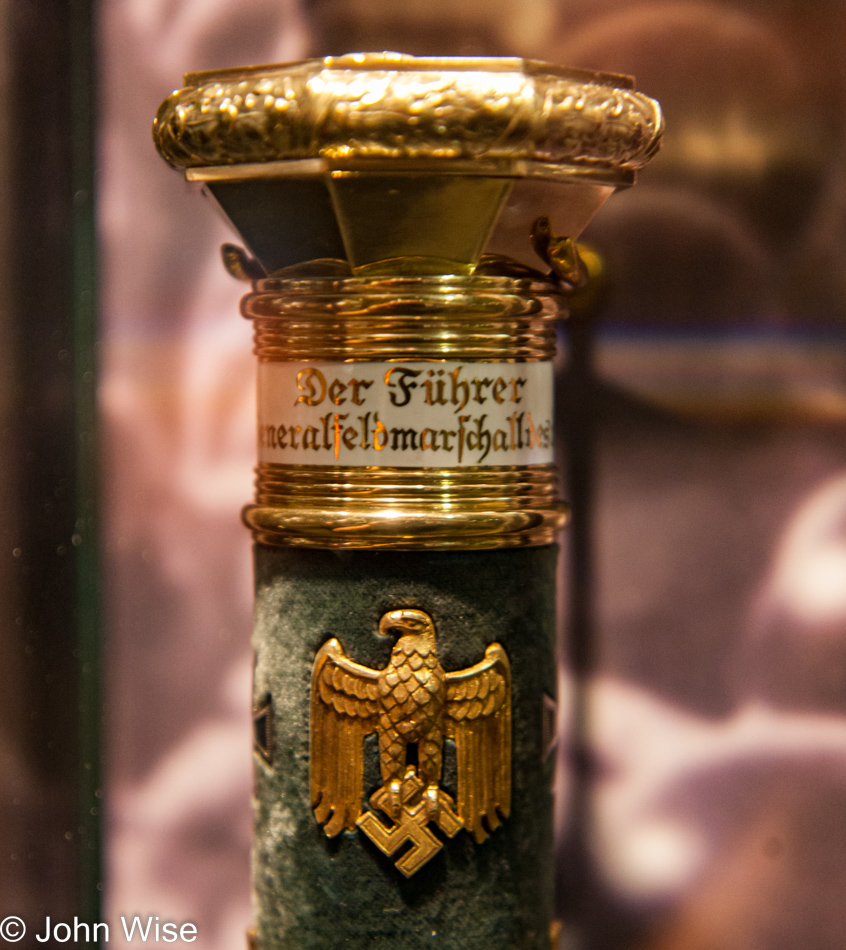
A World War II German Field Marshall’s baton.
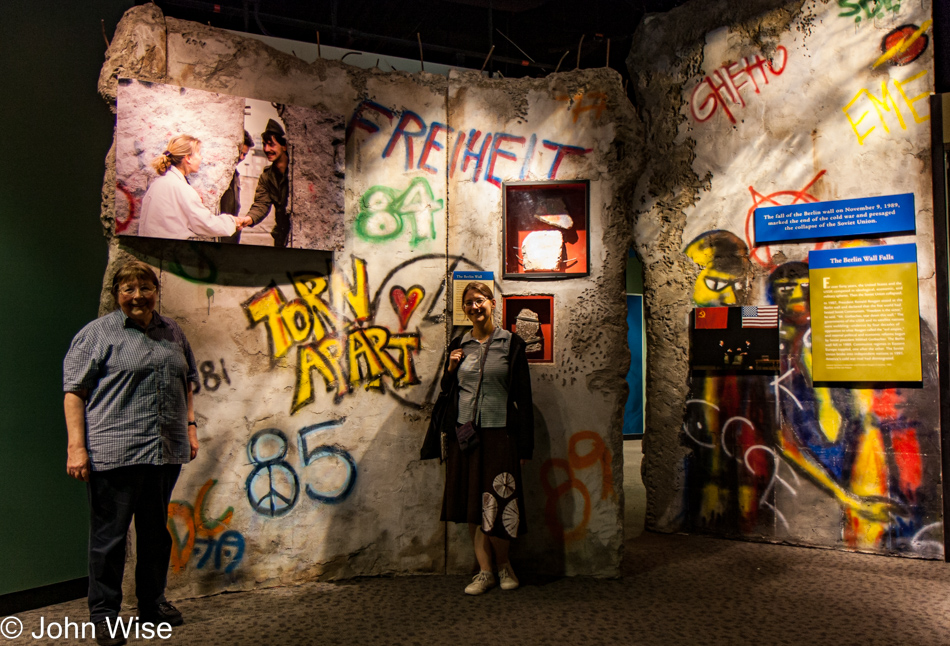
Funny that there are no photos of Caroline or Jutta in front of the Berlin Wall from when it still stood in Germany; they had to come to America to have their photos taken in front of this iconic part of the Cold War.
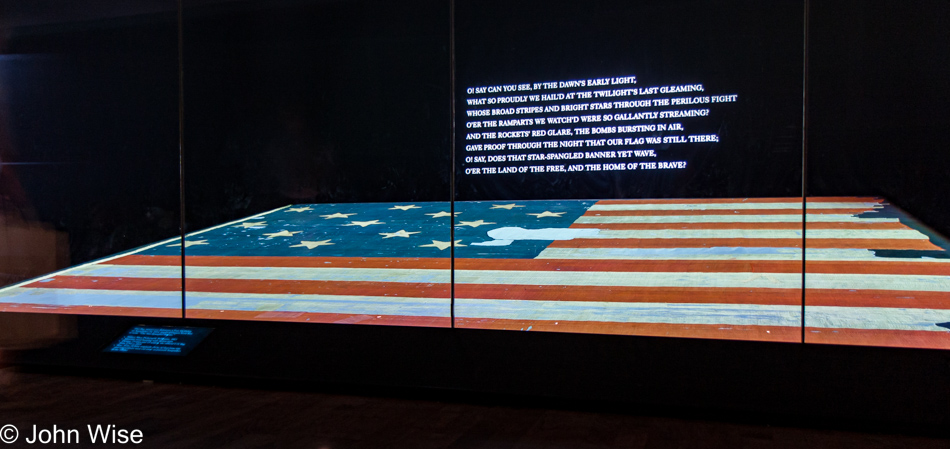
On a previous visit, this relic of American history was still being restored in a side room, but now here we are in a special darkened enclave where the famous Star-Spangled Banner that flew over Fort McHenry and inspired Francis Scott Key to write the lyric that would become our national anthem is now on permanent display.
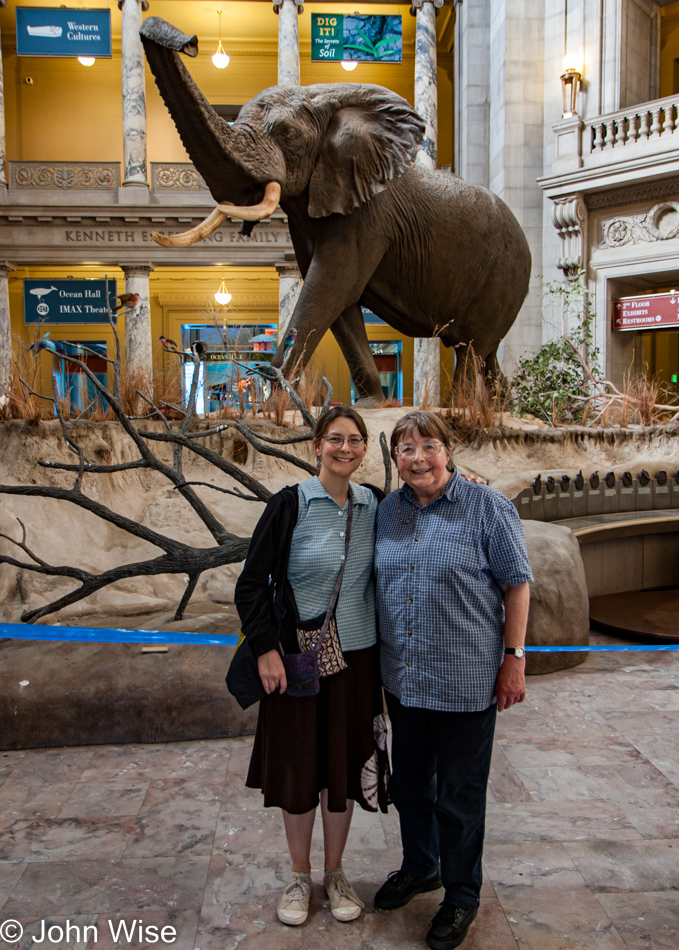
After a couple of hours in the American History Museum, our next stop was the Museum of Natural History, but they were closing early, which afforded little opportunity to see very much. Caroline and I will be returning to D.C. in September and have this museum at the top of our list of sights to see.
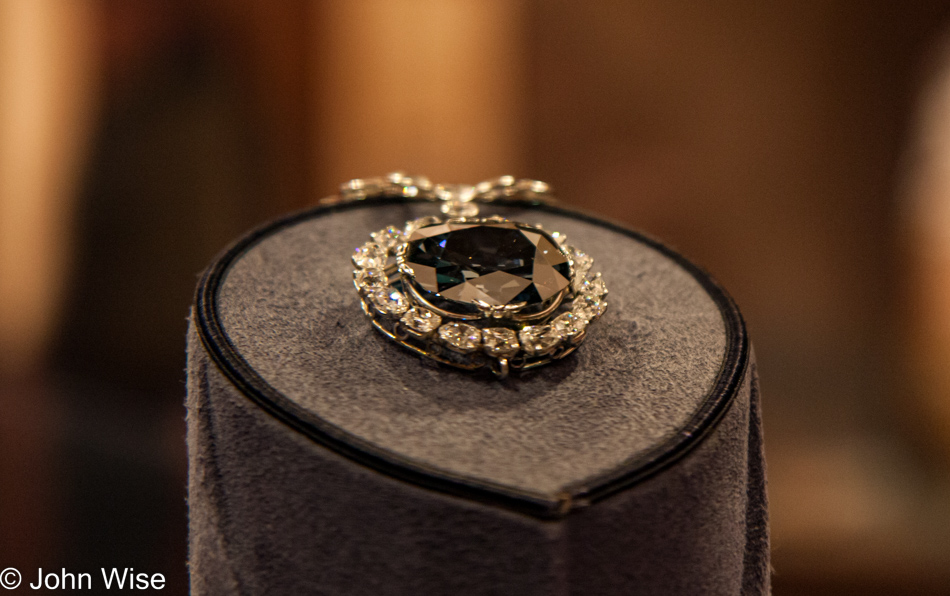
Maybe the most famous object in this museum is the Hope Diamond.
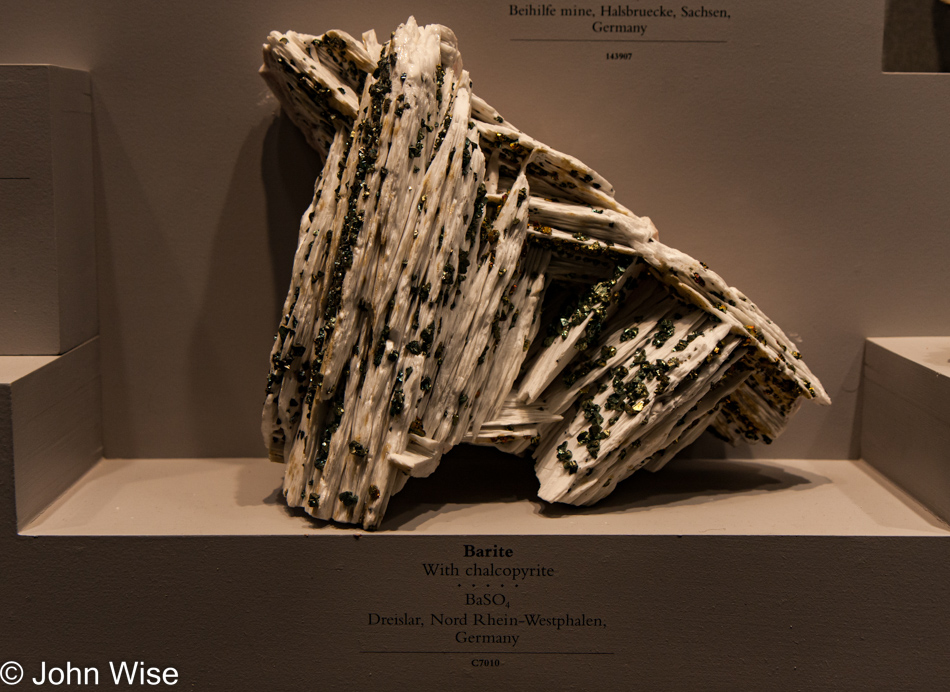
Other than being a curiosity, I suppose this piece of barite from Dreislar mine, two hours north of Frankfurt, only captured my attention because of its German origins.
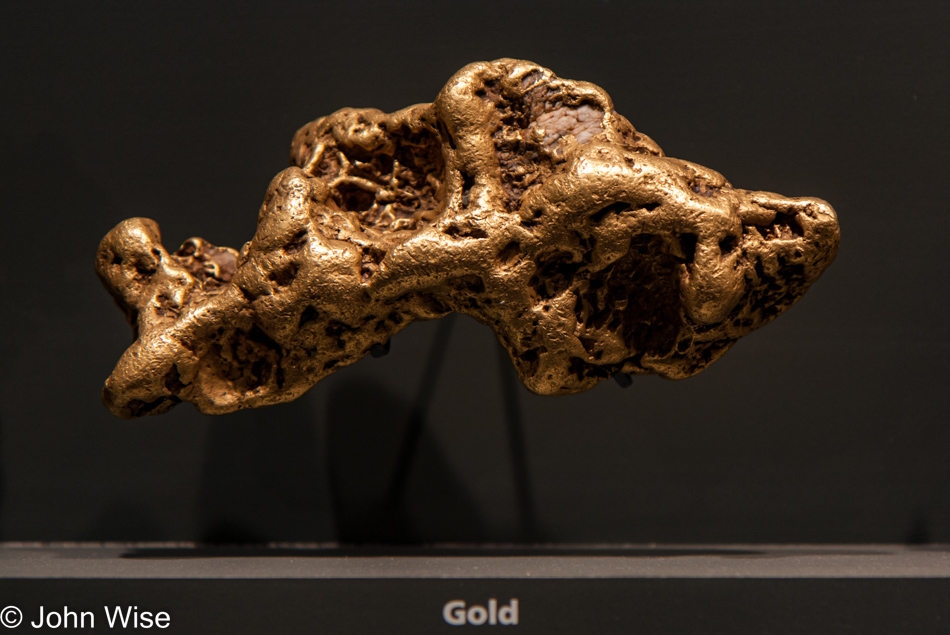
The biggest chunk of gold I’ve ever seen.
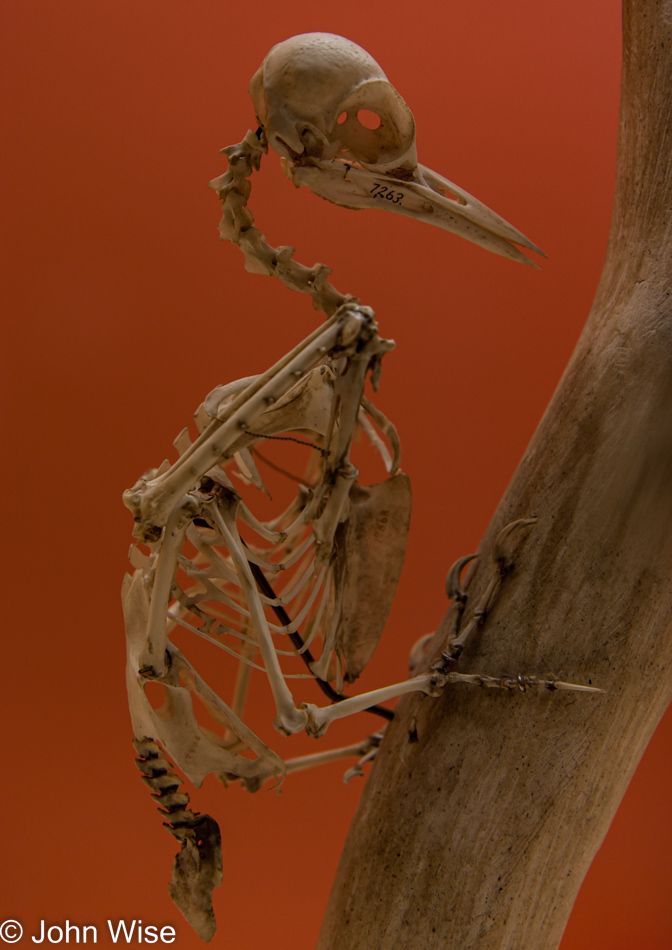
I don’t know about others, but it’s around this time that I wish I lived in a museum.
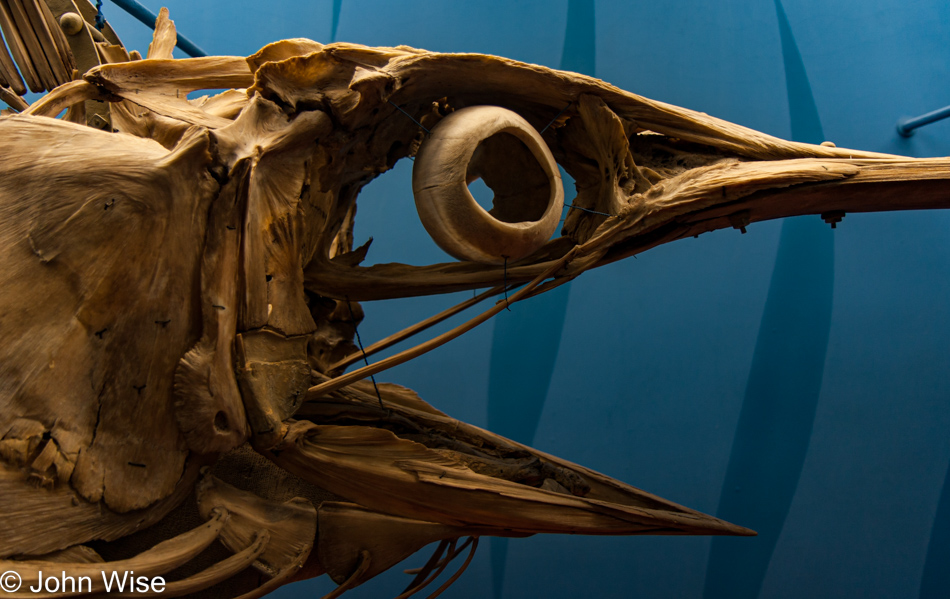
Come to think about it, do I really want to be responsible for keeping a museum’s worth of stuff clean?
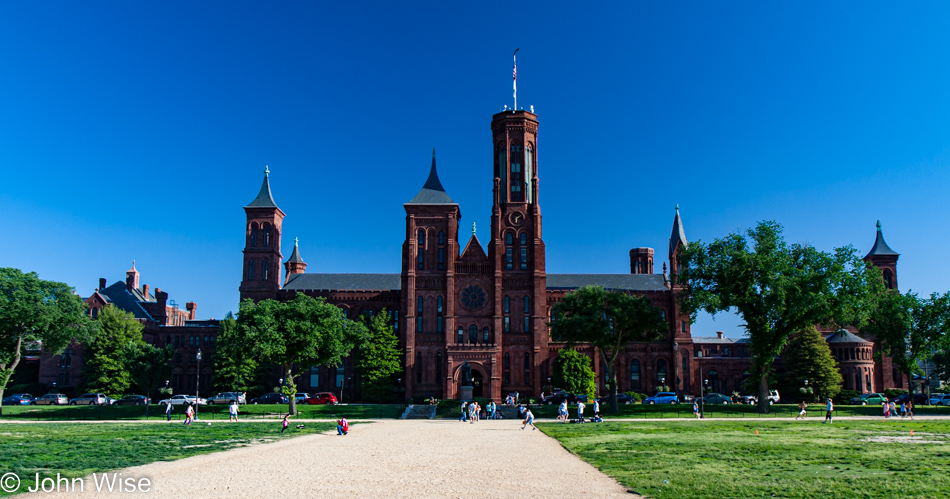
The Smithsonian Castle.
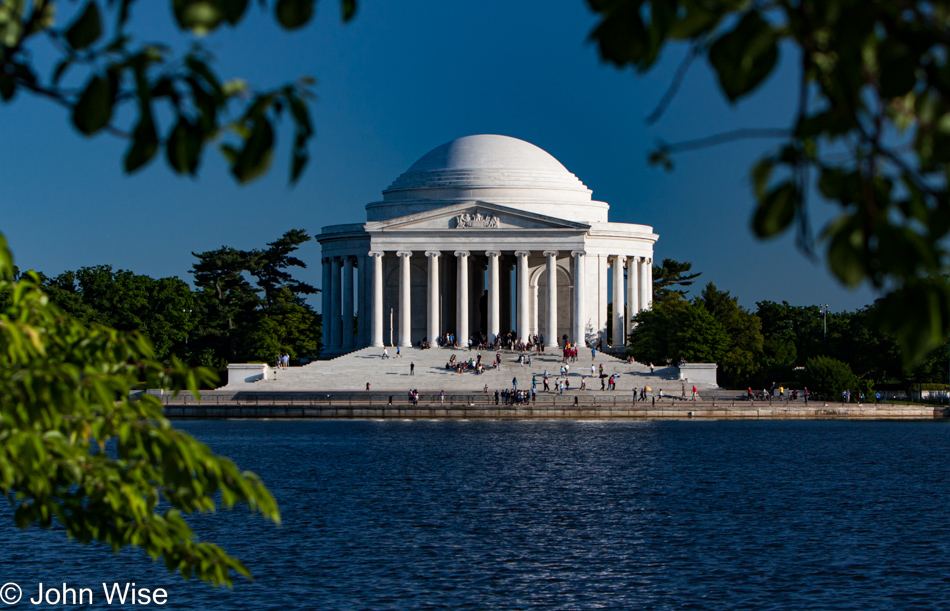
Our visit to Washington D.C. would not have been complete if we hadn’t walked around the Tidal Basin and visited the Jefferson Memorial.
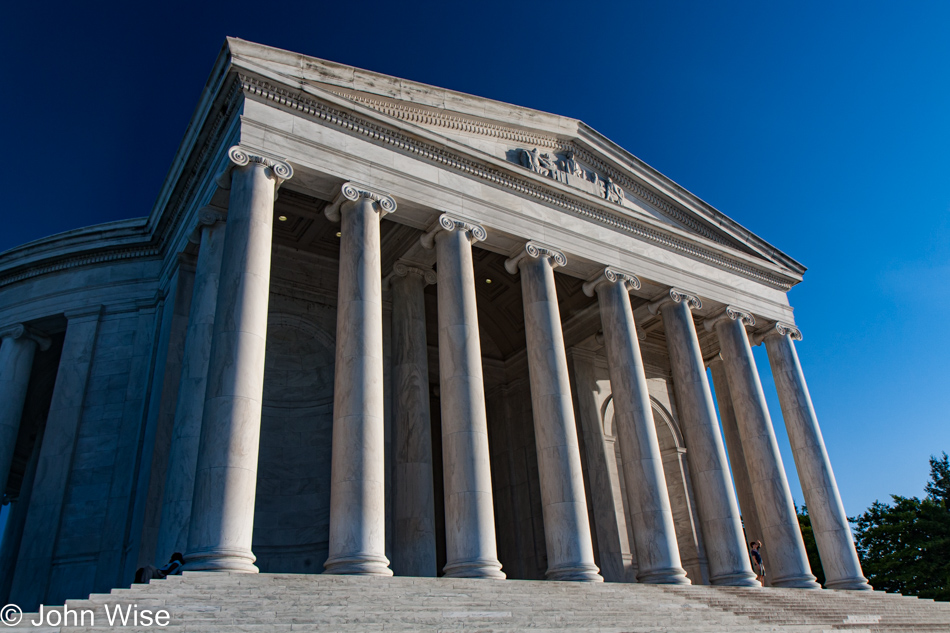
Closing in.
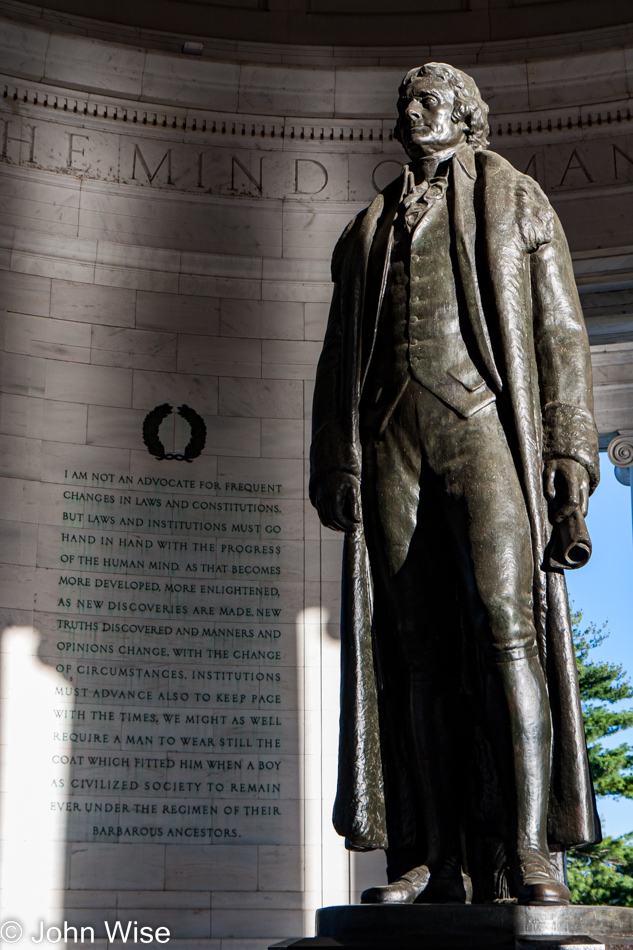
While Jefferson was a flawed man, he also helped pen the Declaration of Independence when he was only 33 years old, setting the stage for a founding document that survived for hundreds of years and blazed a trail that many who would follow, unable to equal his intellect, would never be able to attain or at least so it appears seeing their utter lack of ability to govern with vision or advance our country.
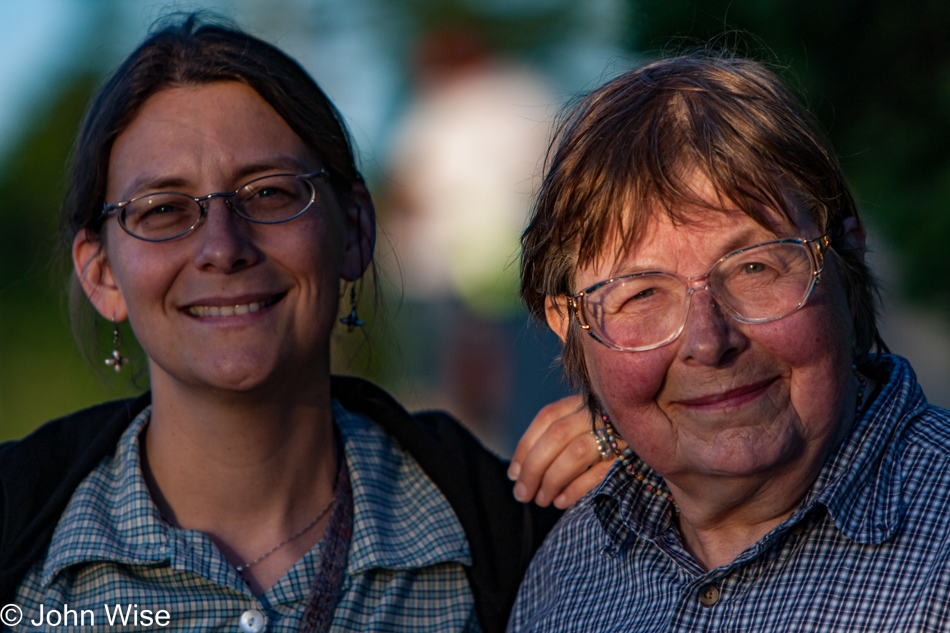
There’s no denying that we are all tired so it was time to just hang out at the Tidal Basin, rest our feet, and take a break.

Watching goslings with their goosey parents nearby is about the speed we can best handle as we approach exhaustion.
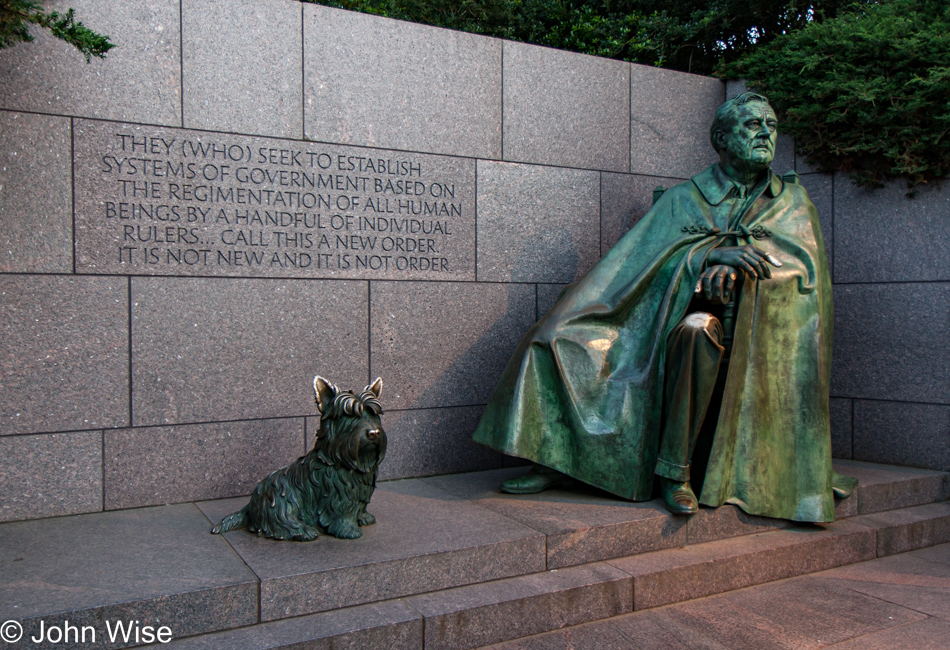
No matter our level of sore feet or any other ailment, we were not about to take the fastest way back to our hotel. So, we circled the Tidal Basin in order to pay a visit to the Roosevelt Memorial, which memorializes the life of President Franklin Delano Roosevelt and, by extension, his Scottish Terrier Fala.
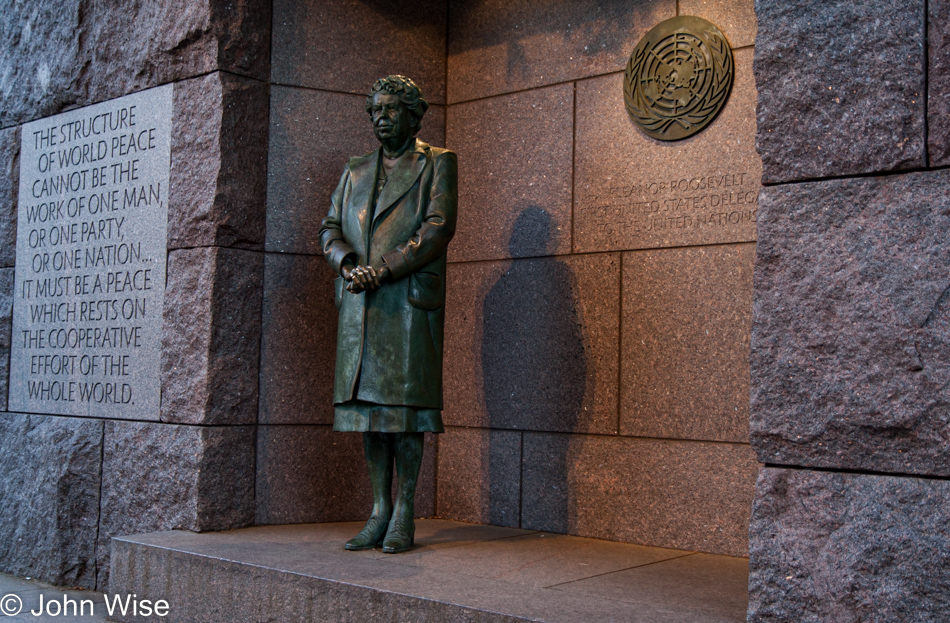
It would almost be easier to write about Eleanor Roosevelt’s husband than this strong woman. To put into context the tireless work on behalf of minorities, women, and the president, too, would require a blog post about nothing but her. There’s a reason that so many books and movies have been made about her life.
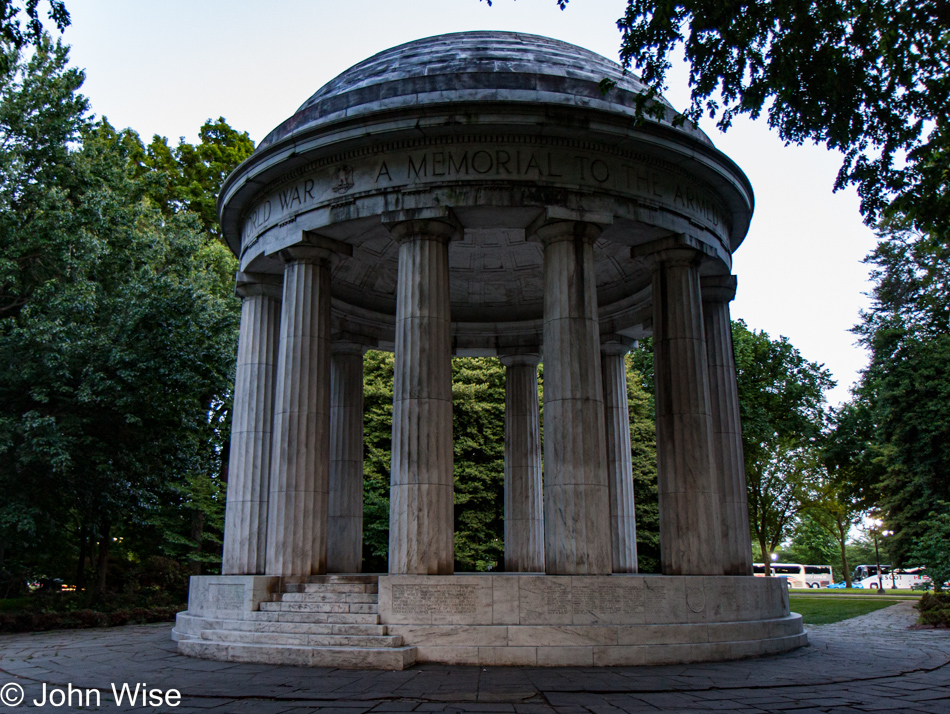
This is the District of Columbia War Memorial that notes the lives of fallen soldiers from World War I.
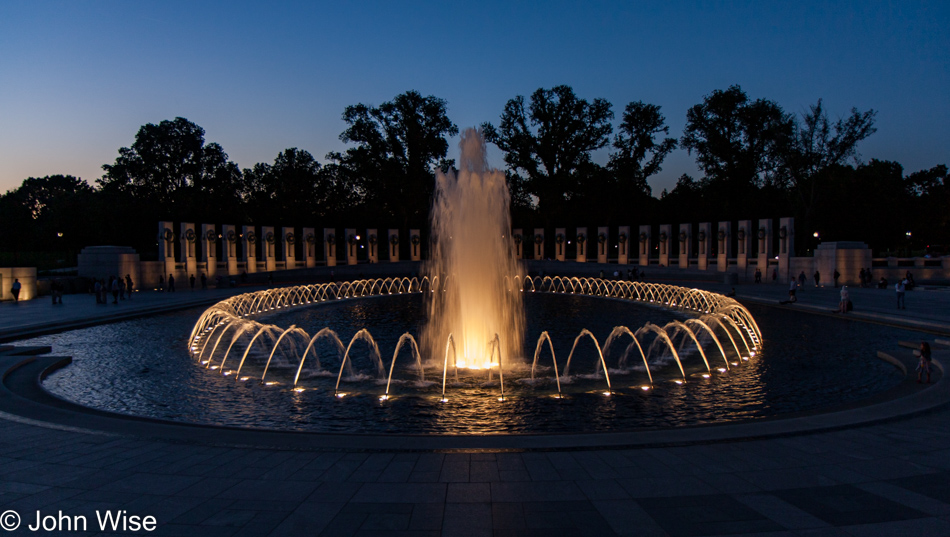
Seeing we were in the area, why not check out what Washington’s newest monument looks like when its lighting is lending evening ambiance to the area?
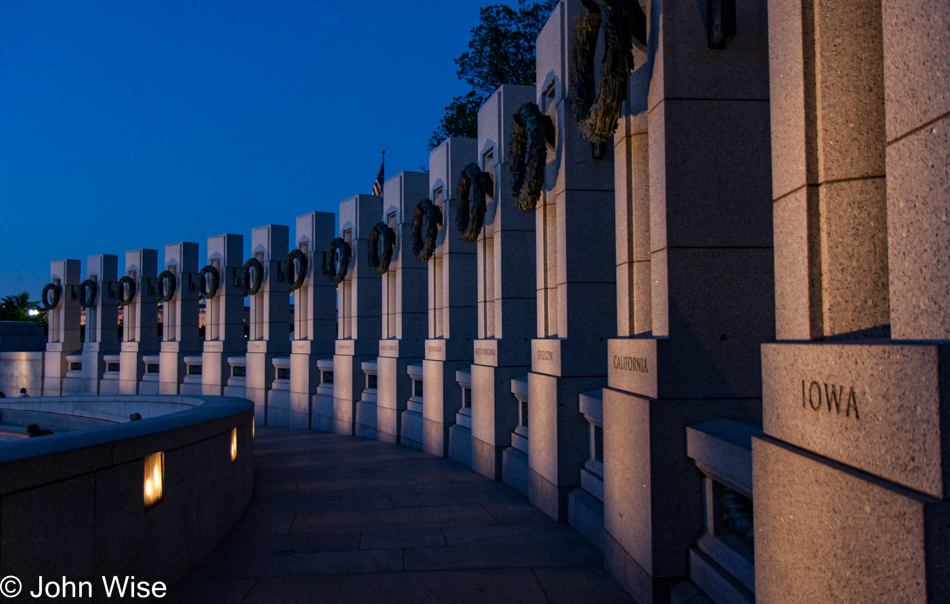
After our first visit in the year 2000 and this trip with Jutta, I thought that this monument was going to appear to be shoe-horned in and that it was nothing more than President Bill Clinton wanting to leave his mark on D.C. back in the early ’90s. Well, this corner of the U.S. Capital just shines with this addition, helping me look forward to whatever else might spring up here during the rest of my lifetime.
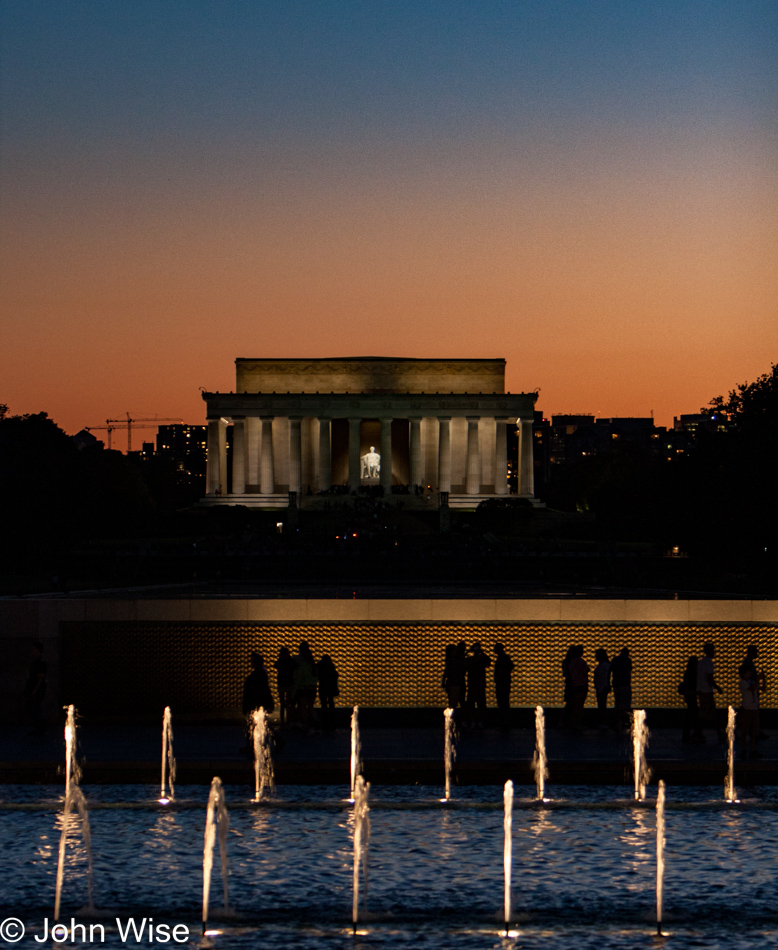
From the World War II Memorial, looking towards the Lincoln Memorial, it’s still a beautiful sight.
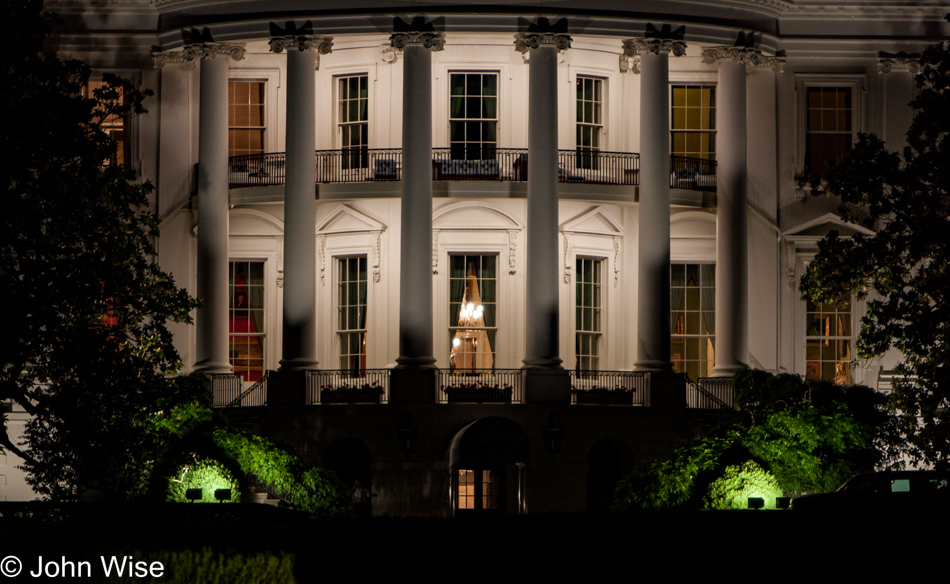
Once more, we pass the White House, only able to dream of what the Obamas’ nights in this historic building are like.
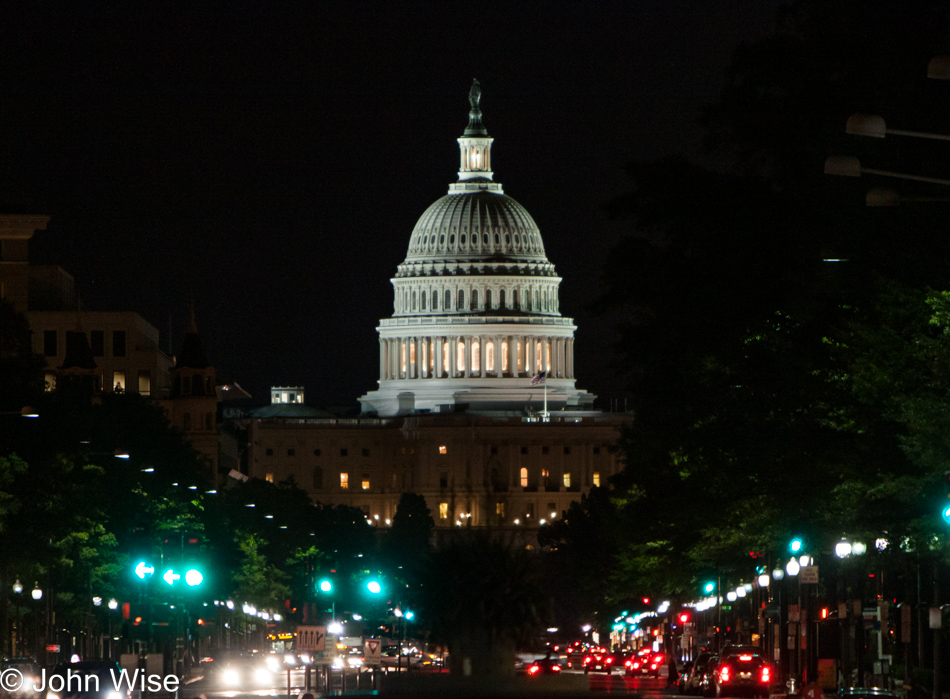
A last look up Pennsylvania Avenue to see the U.S. Capitol at night before dragging ourselves to our hotel; we are spent and out of energy.